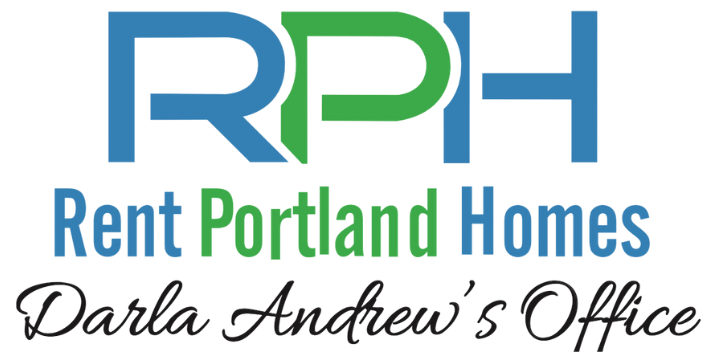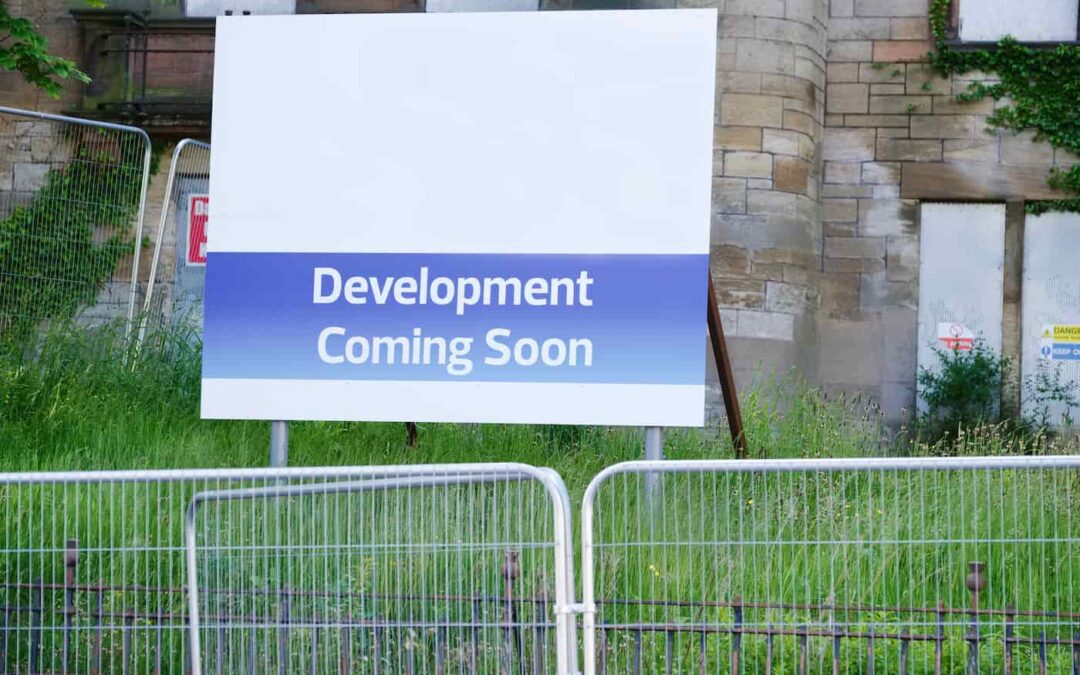Access to affordable housing is critical to building stable and thriving communities. Families with affordable housing enjoy better health, educational opportunities, and economic mobility. Recently, however, there has been an increasing struggle to keep up with the demand for housing in the Pacific Northwest. Consequently, the gap between rental prices, income, and housing options is widening. The pandemic, and talk of a looming recession, will only cause this housing shortage to grow.
In 2020, Oregon tied Washington and Connecticut with the lowest home vacancy rate in the nation, according to an analysis of U.S. Census data from the National Association of Realtors. Many factors contribute to the current housing shortage. They include an ongoing lack of supply, rising rents in response to both the lack of supply and inflation, and residual impacts from the shutdown of supply chains and businesses during the pandemic.
Falling Supply
Cities across the country are dealing with a lack of available housing that, in many regions, is made worse by population growth. The housing industry finds itself falling further and further behind in meeting demand. “We’re seeing a shortage, or housing underproduction, in all corners of the U.S.,” says Mike Kingsella, the CEO of Up for Growth, which released a study in July about the problem. Currently, there are estimates that the U.S. is falling 3.8 million homes short of meeting current rental and home ownership needs.
Up for Growth released data on 800 cities and towns comparing rental unit availability. For those searching for a Portland/Vancouver area rental, it will be no surprise that the housing shortage has worsened. From 2017-2019, the area was 59,017 units short of the demand— a 6% deficit. The pandemic has only increased these shortages.
Rising Rents
A new report from Redfin shows that nationally listed rents for available apartments rose 15% from a year ago. And in July, the median rent for an available U.S. apartment rose above $2,000 a month for the first time. Supply and demand, inflation, and rapid employment changes due to pandemic responses all contribute to this meteoric rent increase. But, the practical impact is that more and more people find that the percentage of their income required to cover housing continues to rise and force cuts in other areas of their lives.
According to Redfin, Portland rental rates rose more than anywhere in the country—39% in 2021 alone—putting renters in an impossible situation. Experts recommend spending no more than 30% of monthly income on housing costs. Using that formula, a single person earning minimum wage in Portland ($14.75) should spend approximately $728 a month. But, the average monthly rent for a studio apartment in Portland is $1,245, almost double what a minimum wage earner could afford, according to the Department of Housing and Urban Development.
Northwest Specifics
While the housing shortage has impacted people throughout the country, the Portland metro area has its own specific issues that exacerbate an already tough situation.
- Increasing population. From 2000-2018 the metro area gained an average of 30,000 residents a year. While the population actually fell in 2021, the housing market never caught up with that almost exponential 20-year growth rate.
- Loss of single-family rental homes. According to a revised report from economic consulting firm ECONorthwest, Portland lost 14% of its single-family rental units between 2017 and 2020. That’s a decline of more than 1,300 rental homes per year.
- High Rental Population. About half of the Portland households rent their homes. 66% of these households earn less than 80% of the median family income, while 30% earn less than $20,000 per year. All this while Portland is experiencing rent increases that are the highest in the nation.
The City’s Response
In response to the housing challenges in the metro area, Portland has taken different steps to create an environment which facilitates wider rental options, tenant rights, and increased housing construction. The different approaches include:
- City-specific ordinances. In the past five years Portland passed ordinances to give more protection to tenants regarding screening regulations, lease renewal, rent increases, and rental denials.
- Zoning Changes. Oregon passed a law to end single-family zoning by allowing for the construction of more than one home on a parcel, such as an in-law apartment over the garage, a backyard cottage, or the addition of up to two small accessory dwelling units (ADUs).
- Specially Created Projects. Portland’s Residential Infill Project was designed to address the housing shortage and give builders added flexibility. The project includes an increase in the number of units and configurations you can build on each lot, the elimination of off-street parking requirement in single-dwelling zones, and a new development called cottage clusters.
Creative Solutions
Increasing the build rate improves the housing supply but does not help with lowering the cost of rent or stopping rents from continuing to rise. Consequently, a building goal may facilitate rent stabilization and flattening rather than an actual decrease. This means that renters may still find that many of the units available are still significantly out of their reach. So, renters and businesses are finding creative ways to solve the rental woes.
Moving Beyond the City Limits
As a result of the COVID lockdowns, remote work has become more mainstream. For individuals in work-from-home jobs, moving outside of the city limits where units are still available and more affordable has become a viable option.
Unusual Roommates
Two specific populations, college students and seniors, are finding that they can be mutually beneficial in this housing market. In Boston, Nesterly is taking on the concept of intergenerational housing and has developed an electronic platform that matches students with senior citizens. The added benefits are often companionship for the seniors and friendly support for the students. Nesterly is slowly moving its connections west and has made it to Louisville, KY, on the Ohio river.
Print Your Home
In John Day, Oregon, the city manager is working on the ability to 3D print homes, reducing price, increasing supply, and lowering barriers to getting into housing.
Unique Homes
The Housing Innovation Partnership is working in Oregon on many different approaches to solving the housing crisis, including finding ways to retrofit old motels and other existing buildings to provide housing for many who are waiting.
While it can be discouraging watching rents increase and housing options decrease without relief, it’s also important to recognize the ongoing efforts to provide more housing. Whether it’s the traditional “build it and they will come” model or the more unique and creative solutions that often present themselves in times of crisis, the words of Plato still ring true: “necessity is the mother of invention.”
Partner With the Experts
As an investment property owner, you’re likely seeing an increase in applicants for your available units, which creates screening and administrative challenges. You may also be wondering if your strategy for setting rental rates is maximizing your investment and keeping up with the market. Partnering with experts, like the team at Rent Portland Homes by Darla Andrew, can help you shoulder the burden of all those details, ease your stress levels, and increase the value of your properties. Call or text Darla today at 503.515.3170 to learn more about how we provide the support you need to confidently enjoy the rental process.


Recent Comments